National Parks in India
Embark on a captivating journey through India’s national parks and uncover the wild wonders such as the Jim Corbett National Park, Ranthambore National Park, Kanha Tiger Reserve, Gir National Park and much more.
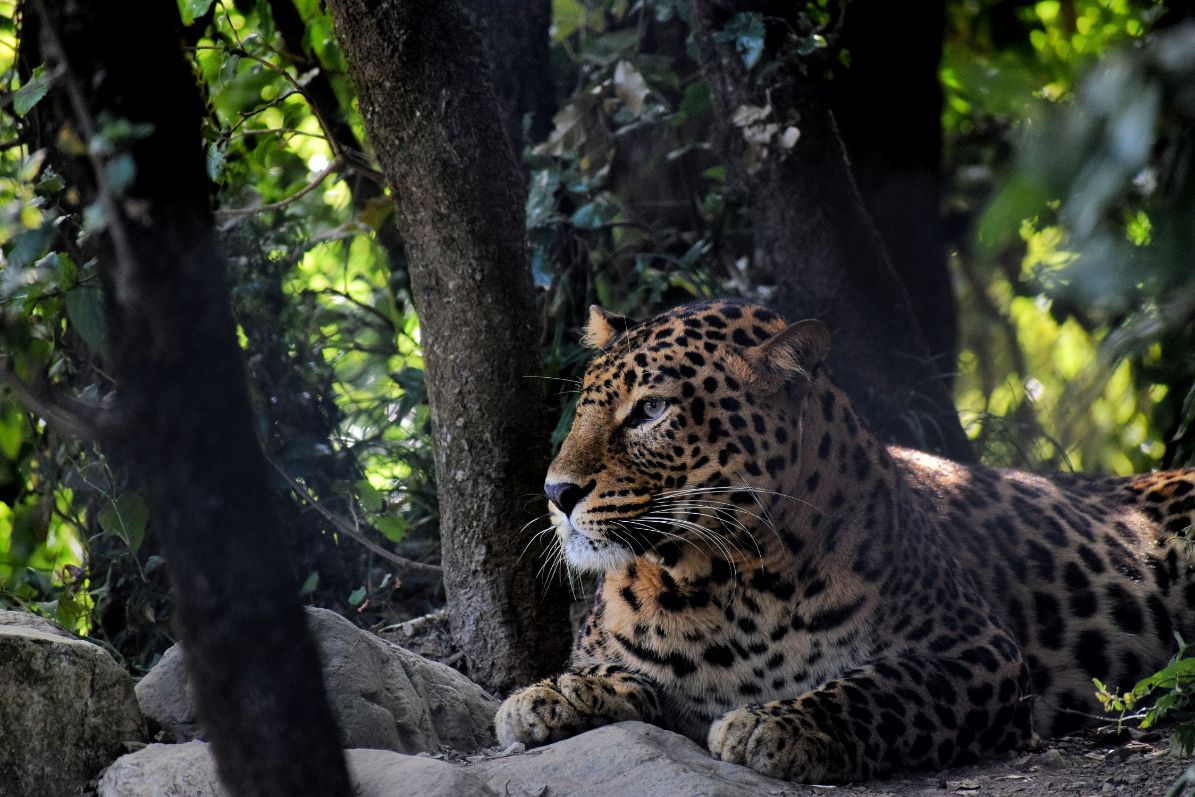
1Jim Corbett National Park, Uttarakhand
One of the most coveted destinations for wildlife buffs, Corbett National Park is renowned for being the oldest national park in India. Spanning over a whopping 520 square kilometres, its magical landscape is well-known for its tiger richness, beautiful flora and diverse fauna. Come here to escape the humdrum of daily life and to connect with the sparkle of nature around you. Suggested Duration: 2 days
Explore
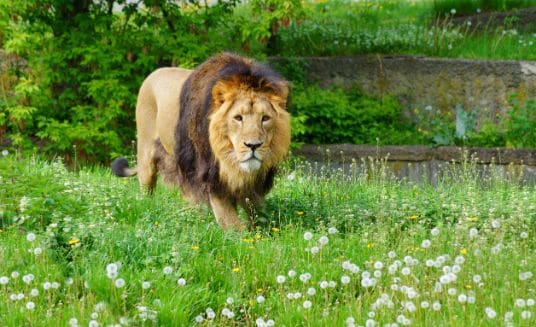
2Gir National Park
Located at a drive of about 2 hours from Somnath, Gir National Park and Wildlife Sanctuary was established in September 1965 for the protection of Asiatic Lions. The park is also called the Sasan Gir and covers a vast area of about 1400 sq. km.
Explore

3Ranthambore National Park
Once a royal hunting ground, Ranthambore National Park covers an area of 292 square kilometres and is a protected refuge for wildlife like Bengal tigers, leopards and sloth bears.
Explore

4Kanha Tiger Reserve
The city is home to Kanha National Park, one of the largest parks in Madhya Pradesh and a popular place to spot the magnificent Royal Bengal Tiger in its natural habitat. Apart from tigers, you can also see leopards and barasingha deer here.
Explore

5Kaziranga National Park
Cocooned in the Golaghat and Nagoan district of Assam, this national park sprawls over 430 square kilometres and is a World Heritage Site. It houses two-third of the worlds endangered species of one-horned rhinoceros.
Explore

6Nagarhole National Park
Established as a wildlife sanctuary in 1955, the park was declared the 37th Tiger reserve in 1999. It spreads across 247 square miles, in the Kodagu and Mysore district of Karnataka.
Explore

7Sariska National Park
About 116 kms from Neemrana, Sariska National Park is home to the majestic tigers and a large number of wildlife species like boars, langurs, chitals, etc.
Explore

8Periyar National Park
Sprawled over 305 km2 of the 925 km2 protected area, in the southern mountainous Western Ghats, in the Idukki and the Pathanamthitta districts, this national park is a prominent elephant and tiger reserve.
Explore

9Sundarban National Park
Located at the intersection of the Ganges river and the Bay of Bengal, the Sundarbans is a UNESCO World Heritage Site housing exotic mangroves and the famous Royal Bengal Tigers.
Explore

10Rajaji National Park
Named after C.Rajagopalachari, this is the second tiger reserve of Uttarakhand made by the merger of three erstwhile sanctuaries The Chilla, Motichur and Rajaji.
Explore

11Van Vihar National Park
Van Vihar received the status of a National Park in 1979. The park is draped in green and flaunts hundreds of species of plants and animals. The park segments animals in two categories i.e. captives and herbivores.
Explore

12Khangchendzonga National Park, Sikkim
A UNESCO World Heritage Site, this park is located in the heart of the Himalayas in Yuksom, Sikkim. Home to various endemic species of wild animals & plants, the park also offers a spectacular display of surreal lakes, valleys, snowy peaks and some hidden caves too!
Explore
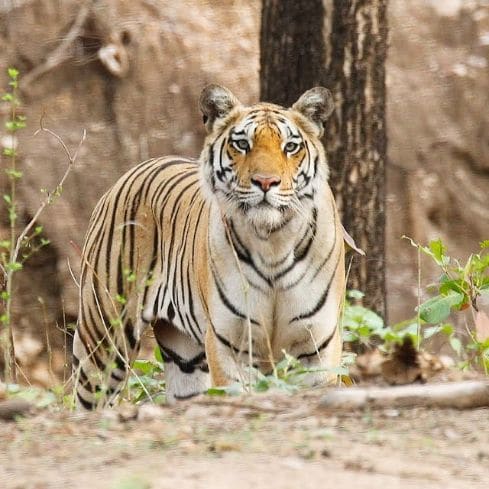
13Pench National Park
Landscaped with grasslands and plants Pench National Park is home to more than 1200 species of flora and fauna like Bengal Tigers, Blue Kingfisher, Four-horned Antelope and Sloth Bear.
Explore

14Great Himalayan National Park
Located in the Kullu district and spread across four valleys, the Great Himalayan National Park is a UNESCO World Heritage Site at an altitude ranging from 1,700 to 5,800 meters.
Explore

15Namdapha National Park
Namdapha National Park is a biodiverse protected area located in the easternmost part of Arunachal Pradesh. It is situated in the foothills of the Himalayas and covers an area of around 1,985 square kilometres, making it the largest protected area in the Eastern Himalayan Biodiversity Hotspot. It is one of the few remaining areas in India where the critically endangered Hoolock Gibbon is found. The park is also home to the Bengal tiger, clouded leopard, Indian leopard, snow leopard, and several species of deer and antelope.
Explore

16Manas National Park
Manas National Park is a UNESCO World Heritage Site and a Project Tiger reserve, located approximately 150 kilometres from Guwahati. The park is renowned for its diverse ecosystems, rich flora and fauna, and stunning landscapes. It is an ideal destination for wildlife enthusiasts, nature lovers, and adventure seekers.
Explore
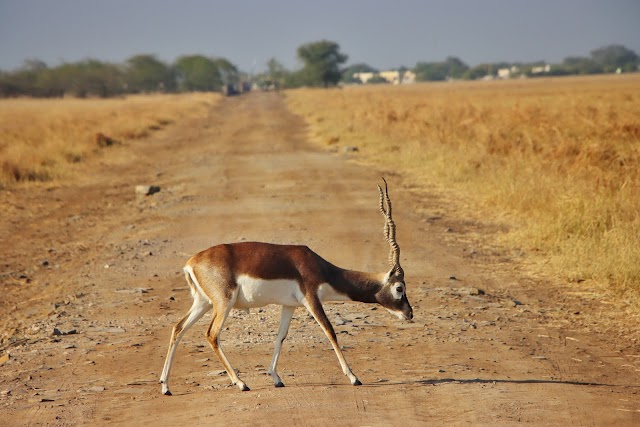
17Blackbuck National Park
The black bucks of India can be seen in Velavadar National Park, which is also known by its alternative name. It's in the Velavadar district of the Bhal area of Saurashtra and it was established there in 1976. Area-wise, it tops out at about 36 square kilometres, and it's mostly just grassland and shrub.
Explore
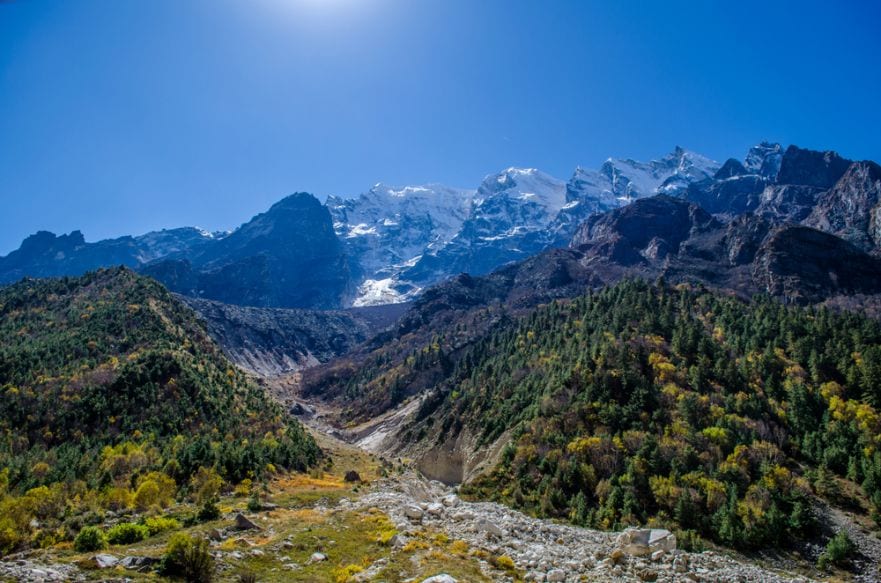
18Gangotri National Park
The Indian national park Gangotri can be found in the Uttarkashi area of the state of Uttarakhand. The glacier of the same name, the Gangotri, is the inspiration for the park's name. The excitement of exploring this National Park is amplified by its challenging hikes, trodden pathways, crushed snow, whistling woodlands, and rustling leaves.
Explore
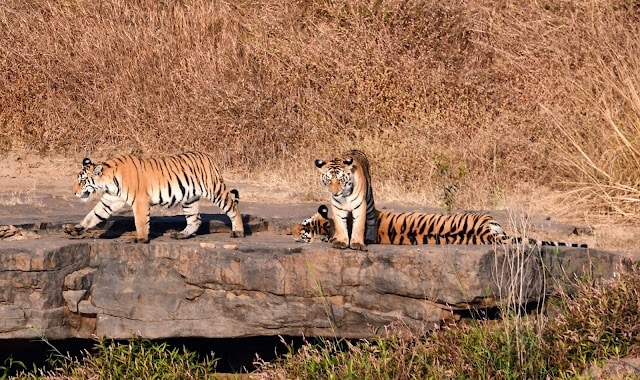
19Panna National Park
Chitrakoot's Panna National Park, one of India's most renowned wildlife sanctuaries, is the perfect place to combine urban sightseeing with an up-close encounter with exotic animals. This region eventually became the capital of the kingdom ruled by Maharaja Chhatrasal around the middle of the 17th century AD.
Explore

20Mudumalai National Park
Mudumalai National Park is a protected area located in the Nilgiri Hills of Tamil Nadu, India. The park covers an area of 321 square kilometres and is situated at the tri-junction of Tamil Nadu, Karnataka, and Kerala. Mudumalai is known for its rich biodiversity and is home to several endangered and vulnerable species, including tigers, elephants, Indian leopards, gaurs, and several species of birds.
Explore
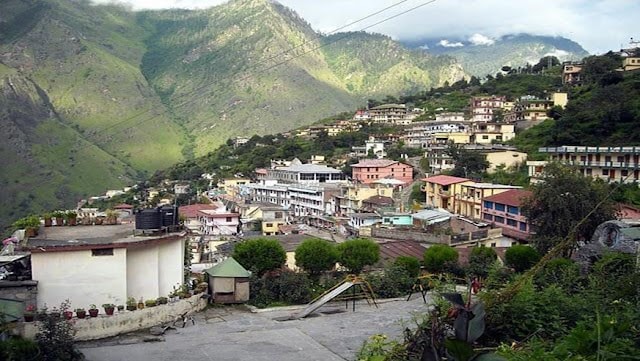
21Nanda Devi National Park
Nanda Devi National Park is a protected area located in the Chamoli district of Uttarakhand, India. In 1988, the park was declared a UNESCO World Heritage Site, along with the neighbouring Valley of Flowers National Park, due to its outstanding natural beauty, unique biodiversity, and significant ecological and geological features.
Explore

22Sanjay Gandhi national park
Sanjay Gandhi Jaivik Udyan, also known as Sanjay Gandhi Biological Park or Patna Zoo, is located off Bailey Road in Patna, Bihar, India. The park is often referred to as Borivali National Park because of its location in the Borivali neighbourhood of Mumbai.
Explore

23Bandipura Tiger Reserve Masinagudi
Bandipur National Park and Tiger Reserve is a protected area located in the state of Karnataka, India. The park covers an area of 874 square kilometres and is home to several species of wildlife, including tigers, elephants, leopards, sloth bears, gaurs, and several species of birds. The park is situated in the Western Ghats, one of the eight hotspots of biodiversity in the world.
Explore

24Valley of Flowers National Park
A nature paradise with exotic flowers dotting the surroundings in the month of May - September, the Valley of Flowers National Park is less than an hour from Badrinath.
Explore

25Madhav National Park
Located in the Shivpuri district, about 2 hours drive from Orchha, this park was set up in 1958 and is named so after Madho Rao Scindia, the Maharaja of Gwalior belonging to the Scindia dynasty of the Marathas.
Explore

26Mahatma Gandhi Marine National Park
Created to preserve and promote marine life in the islands, Mahatma Gandhi Marine National Park is a protective habitat for nesting sea turtles and coral reefs.
Explore

27Keibul Lamjao National Park
Actually located on a 'phumdi' or a floating landmass, the Keibul Lamjao National Park is a government protected wetland best known as the habitat for the dancing deer Sangai, Manipur's state animal.
Explore

28Indravati National Park
About five hours away from the Tadoba-Andhari Tiger Reserve, the Indravati National Park is located in Chhattisgarh's Dantewada region.
Explore
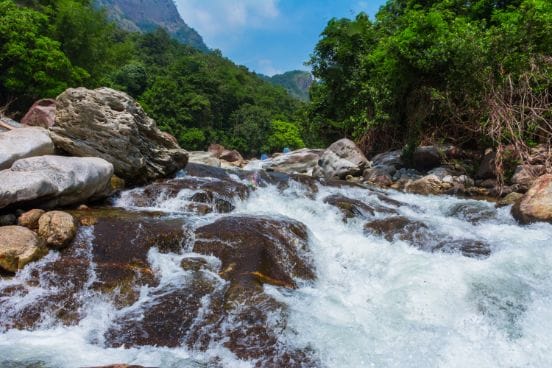
29Silent Valley National Park
Being an integral part of the Nilgiri Biosphere Reserve in the Western Ghats, the national park is home to a variety of flora and fauna and is about 2 hours drive from Coimbatore. The somewhat eerie yet tranquil silence of the region gives the place its name.
Explore

30Vansda National Park
On the banks of the Ambika River, Vansda National Park spans 24 square kilometres and contains unique flora including bamboo groves and a botanical garden.
Explore

31Narara Marine National Park
Numerous species of birds, fish, reptiles, and others are thriving here because of the ecosystem available here. The coral reefs and mangroves there are extremely important for preservation efforts. In all of Gujarat, it is among the top tourist destinations.
Explore

32Mount Harriet National Park
Established in 1969 and located in the South Andaman archipelago, Mount Harriet National Park offers panoramic aerial views of Port Blair city, the Ross Island and Havelock Island.
Explore

33Bandhavgarh National Park
A large population of Royal Bengal Tigers, white tigers, leopards and deer are there in the national park. It is a mix of tropical forest and grasslands.
Explore

34Gorumara National Park
Spread over an area of 80 square kilometres and located at the foothills of Eastern Himalayas, this national park is famous for population of Indian One Horned Rhino.
Explore

35Keoladeo National Park
Formerly known as the Bharatpur Bird Sanctuary, the Keoladeo National Park is a UNESCO World Heritage Site known for being home to over 370 species of birds and animals like the basking python, painted storks, deer, nilgai etc. It is recognised as one of the worlds most prominent bird breeding and feeding grounds.
Explore
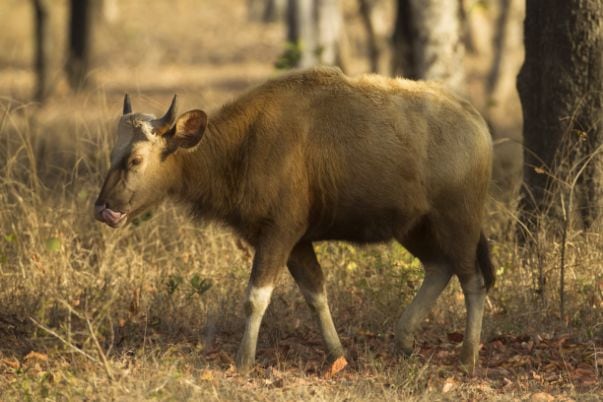
36Satpura National Park
Satpura National Park is situated in Hoshangabad and is renowned for its exquisite flora the reni pani vines and fauna, namely, tigers, the black buck, sloth bear, leopard, dhole, Indian gaur and giant squirrel.
Explore

37Tadoba Andhari Tiger Reserve
Comprising the Tadoba National Park and the Andhari Wildlife Sanctuary, the Tadoba Andhari Tiger Reserve is famous for its healthy population of Royal Bengal Tigers. A variety of rare flora and fauna is also found here.
Explore

38Guindy National Park
Home to over 600 species of flora and fauna, Guindy National Park is a true paradise for nature lovers. The best part? It is located within the city making access smooth and easy.
Explore

39Bannerghatta Biological Park
Surrounded by lush greenery, this national park is home to a diverse variety of wildlife species including rare mammals and reptiles such as tiger, lion, bison, leopard and wild boar and is a must-visit for nature lovers.
Explore

40Eravikulam National Park
Eravikulam National Park is a UNESCO World Heritage Site and home to the Nilgiri Tahr, a rare mountain deer that is an endangered species.
Explore
Top Countries to Explore
Places to visit in Other Countries
Top States in India
Places to visit in Other States
Top Tourist Places Collections
Visual Stories
Destinations By Theme
List of Top 10 National Parks in India
Home to some of the most diverse range of ecosystems, India’s top national parks immerse you in the heart of nature, washing away all urban fatigue. The journey through the parks is one of the most captivating and enriching adventures one can embark on and some of the top attractions include parks like the Jim Corbett National Park, Kaziranga National Park, Sundarbans, and Ranthambore National Park.
1. Jim Corbett National Park
Jim Corbett National Park is renowned as India’s oldest national park and is named after the legendary hunter-turned-conservationist Jim Corbett. The park is a haven for Bengal tigers, Asian elephants, and a diverse array of bird species. The scenic landscapes, including dense forests, grasslands, and the Ramganga River, add to the park's allure.
2. Ranthambore National Park, Rajasthan
In the arid landscapes of Rajasthan lies Ranthambore National Park, a former hunting ground turned wildlife conservation area. The park is famous for its population of Bengal tigers and is a prime location for tiger spotting. Apart from tigers, Ranthambore is home to leopards, sloth bears, crocodiles, and a variety of avian species. The ancient Ranthambore Fort within the park adds a historical dimension to the wildlife experience.
3.Kaziranga National Park, Assam
Located in the north-eastern state of Assam, Kaziranga National Park is a UNESCO World Heritage Site and a stronghold for the Indian one-horned rhinoceros. The park's sprawling grasslands and wetlands also support a significant population of tigers, elephants, wild water buffalo, and a diverse range of migratory birds. The park's commitment to conservation and successful rhino rehabilitation programs have made it a symbol of wildlife preservation.
4. Periyar National Park, Kerala
Nestled in the Western Ghats of Kerala, Periyar National Park is renowned for its picturesque landscapes and the man-made Periyar Lake. The park is a haven for diverse wildlife, including herds of elephants, sambar deer, and Nilgiri langurs. Boating on the lake provides a unique opportunity for wildlife enthusiasts to observe animals in their natural habitat. The park also hosts the Periyar Tiger Reserve, contributing to the conservation of this endangered species.
5. Bandhavgarh National Park, Madhya Pradesh
Situated in the Vindhya Range of Madhya Pradesh, Bandhavgarh National Park is known for its high density of Bengal tigers. The park's lush greenery, ancient forts, and diverse flora create a captivating backdrop for wildlife enthusiasts. Apart from tigers, Bandhavgarh is home to a variety of deer, leopards, and numerous bird species. The park's mystical charm and historical significance make it a popular destination for both nature lovers and history buffs.
These national parks represent just a glimpse of India's incredible biodiversity and the efforts made to conserve its natural heritage. Each park offers a unique blend of wildlife, landscapes, and cultural significance, making them must-visit destinations for those seeking a profound connection with the natural world.
6. Sundarbans National Park, West Bengal
Another UNESCO World Heritage Site, the Sundarbans is the largest mangrove forest in the world. It's known for its population of the Royal Bengal Tiger, as well as numerous species of birds, reptiles and salt-water crocodiles.
7. Kanha National Park, Madhya Pradesh
This park inspired Rudyard Kipling's famous novel "The Jungle Book". It's home to a significant population
8. Gir National Park, Gujarat
This is the sole home of the Asiatic lions and is considered one of the most important protected areas in Asia due to its supported species.
9. Keoladeo National Park, Rajasthan
Formerly known as BharatpurBird Sanctuary, this park is a famous avifauna sanctuary that hosts thousands of birds, especially during the winter season.
10. Pench National Park, Madhya Pradesh
This park, with its majestic tigers and several other animals and birds, will bring back the thrill you used to have, while watching Mowgli battle Sher Khan.
Each of these parks offers a unique opportunity to explore India's rich and diverse wildlife. Whether you're an animal lover, a bird watcher, or simply a nature enthusiast, these national parks are sure to provide an unforgettable experience.





































































































































































